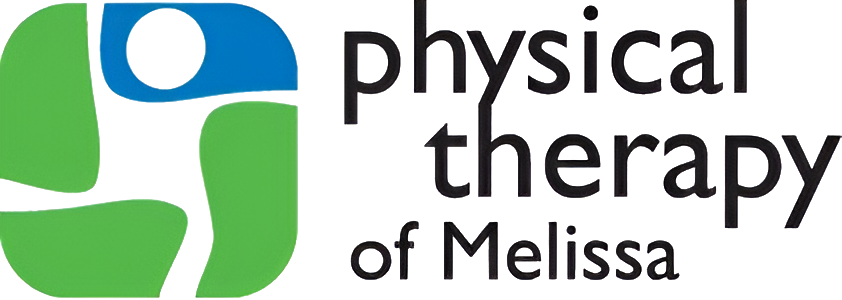Pre & Post Surgical Rehabilitation
The road to recovery doesn’t have to wait until after surgery. In fact, two aspects of the surgical experience critical to achieving a successful recovery are pre and post-surgery therapy. The purpose of pre and post surgery therapy is to provide a rapid recovery and optimal outcomes from surgery.
Therapists maintain close communication with the physician regarding the individual treatment plan and the scope of the patient’s needs. Learn more about our surgery rehabilitation therapy below.
pre surgery therapy
Most of us are familiar with a comprehensive post-surgery therapy program designed to promote healing, reduce pain and swelling, restore joint mobility, flexibility and strength. However, many of us are not aware of the benefits of a structured pre-operative or “pre-habilitation” program. Physical therapy may be indicated prior to surgery to maximize joint motion and overall strength and endurance that will assist you in a speedier recovery post-surgery.
This is a program designed by your physical therapist to help you prior to surgery so that you can have a great outcome after surgery. The goals of a pre-surgery therapy program:
- Mentally prepare for surgery
- Reduce pain and inflammation
- Restore range of motion
- Improving muscular control of the injured joint
- Normalizing movement patterns prior to your surgery
- Improved overall well-being and fitness
- Gain a good understanding of the exercises that you will perform immediately after surgery
Request A Call Back from a Physical Therapist
If you’re not quite ready to book an appointment yet and have some questions you would like answered first, click the link below to complete a form to get the conversation started.


post therapy surgery
Physical therapy is typically indicated following an orthopedic surgery such as operations on the hip, knee, shoulder, wrist, hand, neck, foot, ankle, and spine to facilitate a speedy recovery. Physical therapy can start anywhere from a few hours to a few days after surgery and, in some cases, there may be a period of immobilization following surgery.
A patient’s ability to regain motion and strength and ultimately return to their daily activities depend on physical therapy. The body will not regain normal motion without specific retraining. Physical therapists are specifically trained to restore range of motion and strength without compensation and to prevent re-injury during the recovery process. The therapist can also provide the patient with specific guidelines to allow optimal healing.
After a thorough evaluation by a physical therapist, goals will be set to minimize the adverse effects of surgery such as pain and swelling as well as to restore normal movement, flexibility, and function. The therapist and patient will work together to establish functional goals related to resuming normal activities of living as well as preventing an injury from recurring. The therapist will then design an exercise program tailored specifically to the patient’s needs and abilities.
Therapy is often divided into distinct phases. The first comes immediately after surgery when the body part may be immobilized while pain and swelling subside. Then comes a series of progressively challenging exercises to restore range of motion, stability, and strength. The final goal is to return the patient to a pre-injury activity level. Post-surgery treatments may specifically include:
- Strategies for pain reduction including modalities such as ice, heat, and electrical stimulation
- Flexibility exercises to improve range of motion
- Exercises to strengthen muscles
- Posture, balance, and coordination training
- Gait analysis and training
- Manual therapy techniques
- Activity guidelines (do’s and don’ts) to both protect and optimize outcomes
- Self-care training
- Home exercise instruction
